I have a 5W 5-banded resistor that shouldn't exist according to the color code chart and I've never come across this before.
The color bands are brown, green, silver, gold, black. Now looking at it in both directions it's not a part of the logical code. It's definitely not white; it's shiny silver. The gold is definitely not brown as it's different; not orange but a sparkly gold band.
So am I just dumb or crazy or have I got some specifically made junk that im going to have to stack some to get my Ωs?
I get no reading when using a meter, not even M or natta, in circuit or out. They act like 0Ω resistors but obviously they at least used to have a soul.
